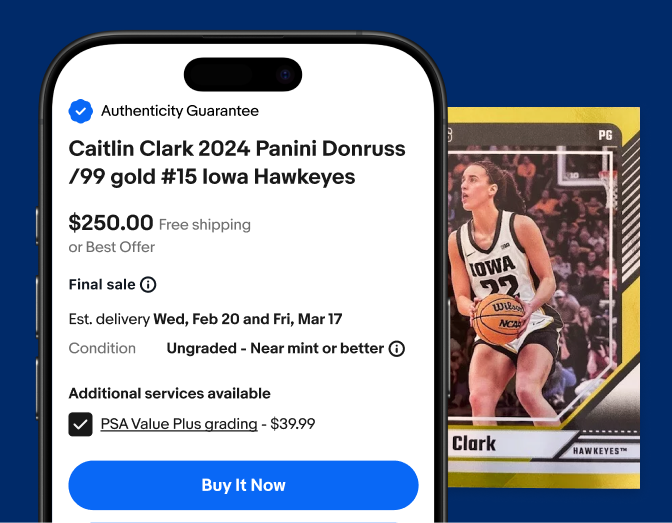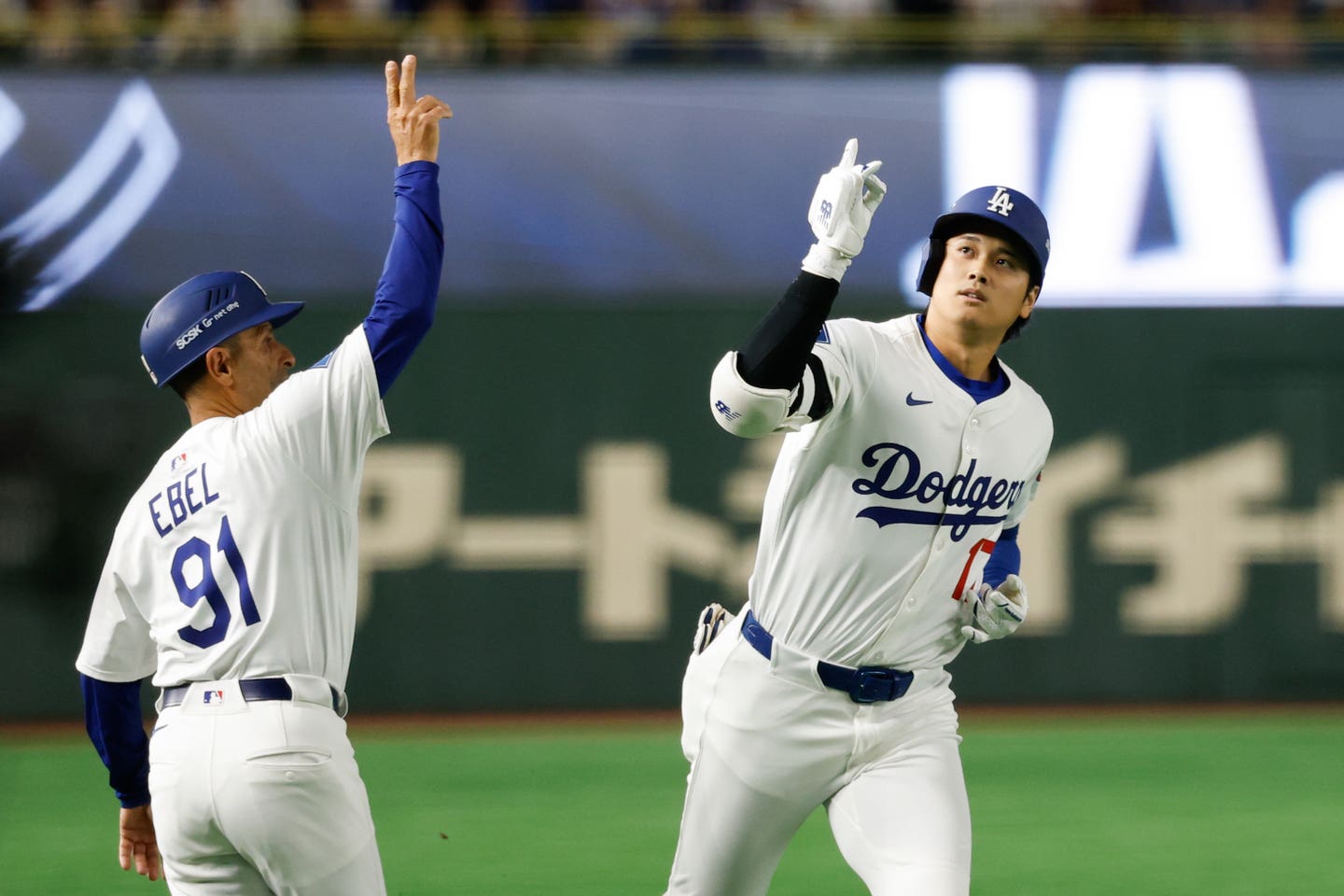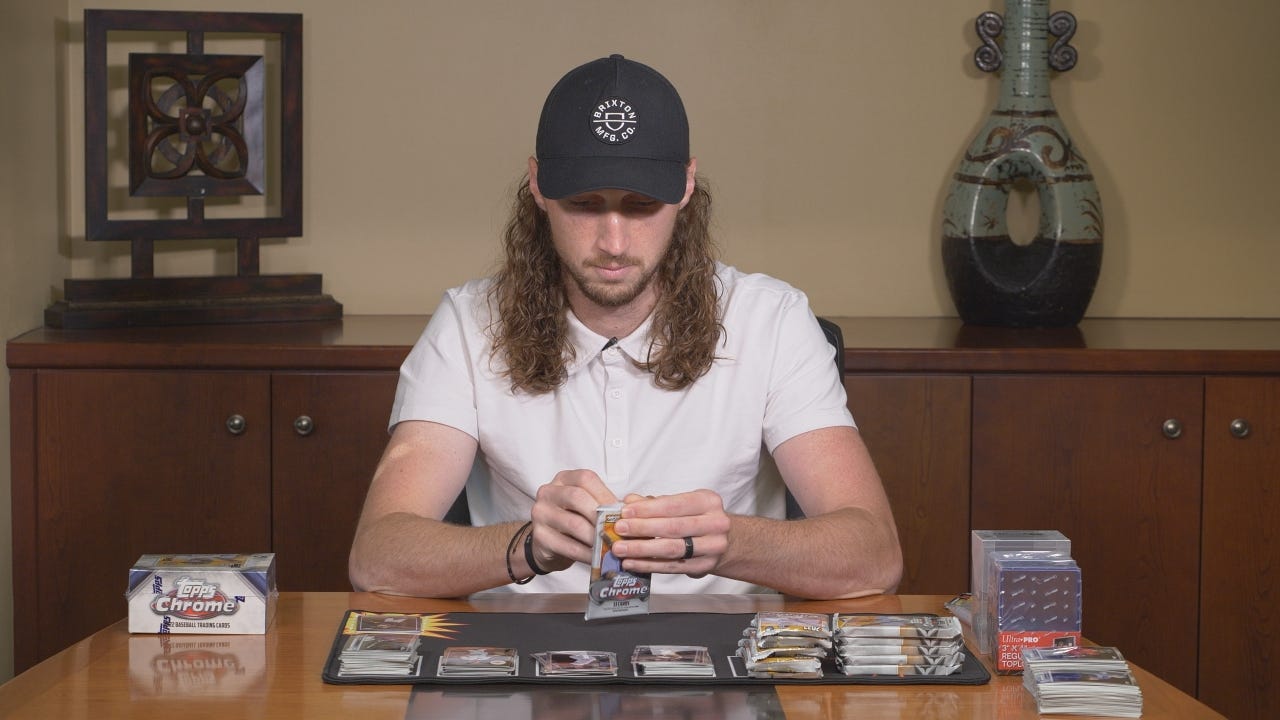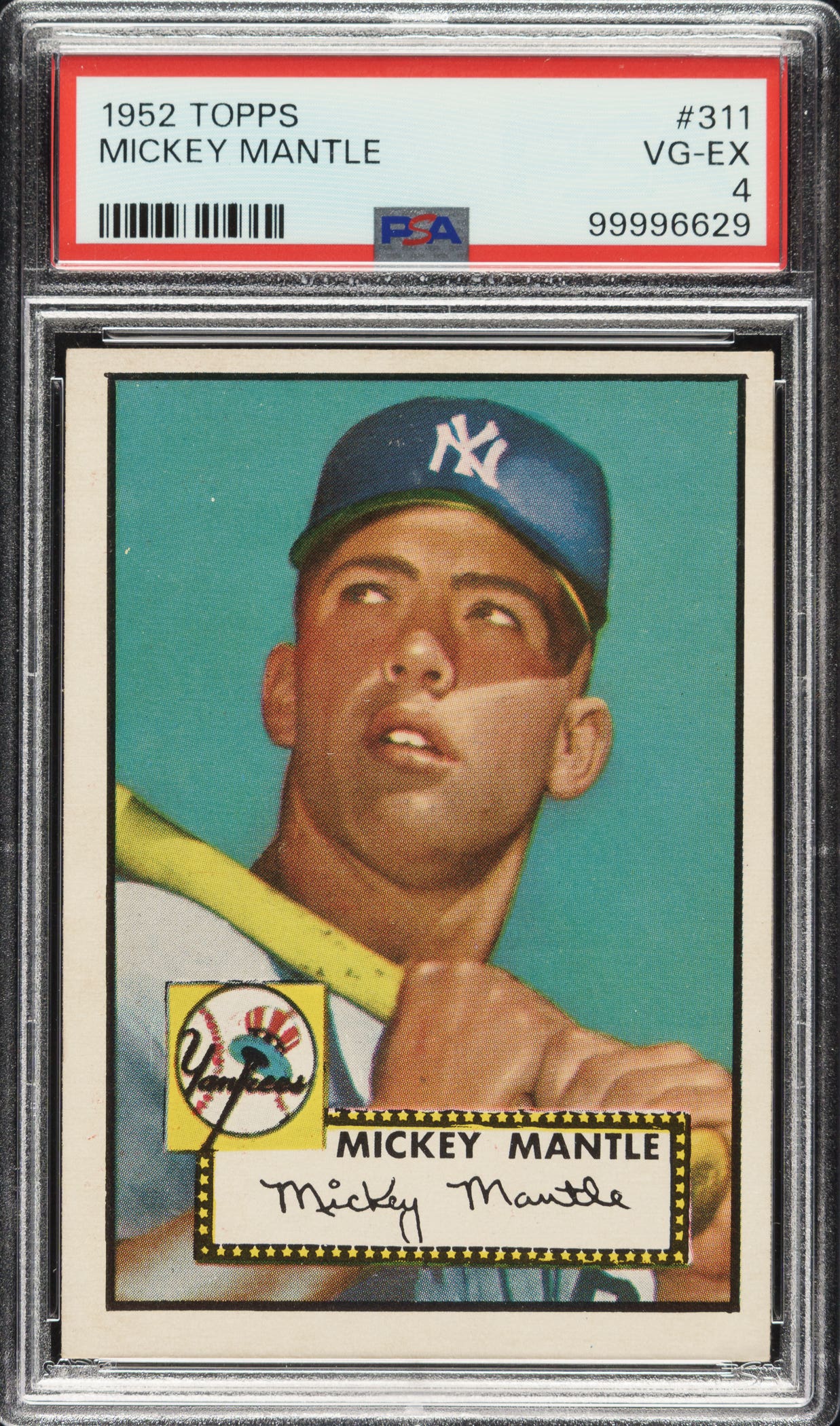
News
Selig spent a lifetime in baseball, including time as a team owner and the MLB commissioner
By Robert Grayson
When Bud Selig is asked about his greatest contribution to the national pastime, he answers without hesitation: “bringing Major League Baseball back to Milwaukee.” That was in 1970, and, in Selig’s estimation, it was his paramount achievement, an accomplishment without equal in his more than half-century career in baseball.
The Milwaukee native still remembers, “like it was yesterday,” the feeling of exhilaration he had the moment he learned that his tireless quest for a Major League Baseball team for his beloved city had been successful. The Milwaukee Brewers would replace the Milwaukee Braves. The Braves departed Wisconsin’s largest city for Atlanta in 1966, amid controversy, lawsuits, and legions of heartbroken fans. Now the Brewers would heal the wounds of a baseball-starved city.
Selig, 83, recalled his campaign to bring a Major League Baseball team back to Milwaukee, as he sifted through decades of memories in a game that has now immortalized him in the Baseball Hall of Fame. Those recollections include the 22-plus years he spent as baseball commissioner (Sept. 1992–Jan. 2015).
Selig still gets a pained look on his face when he talks about the Braves’ final game at Milwaukee’s County Stadium on Sept. 22, 1965. That Braves team packed a lot of star power, including Hank Aaron, Eddie Mathews, Rico Carty, Felipe Alou, Phil Niekro, and Joe Torre.
The Braves were originally scheduled to move to Atlanta at the end of the 1964 season. In response, Selig filed a lawsuit to force the team to stay in Milwaukee one more season to honor its lease at County Stadium. That was just a prelude to a series of legal maneuvers he used to try to stop the Braves from moving to Atlanta. But his efforts failed.
The Braves’ ownership, led by Chicago insurance executive William Bartholomay, felt they could gain more revenues from a larger fan base and more profitable television and radio broadcast rights down south. Selig was a minority stockholder in the team, so his voice didn’t carry much weight when it came to keeping the Braves in Milwaukee.
Once the team left Brew Town, Selig divested his interest in the team and led the charge to find a team to replace the Braves. Selig has been a baseball fan his whole life and had hopes of playing the game professionally until he had problems hitting the curveball.
Born in 1934, Allan Huber “Bud” Selig, who now holds the title of Commissioner Emeritus of Baseball, followed the Triple-A Milwaukee Brewers in the American Association as a youngster. Those Brewers were one of the longest-lasting minor league franchises in history (1902–1952). In addition, the former commissioner remembers the days, in the late 1940s and early 1950s, “when my mom took me to New York City to see Major League Baseball and some Broadway shows.”
When the Braves moved from Boston in 1953 and took up residence in Milwaukee, Selig became a Braves fan and eventually purchased stock in the team.
How upset was Selig when the Braves left Milwaukee? On April 12, 1966, Opening Day that year, Selig was in his car. He turned on the car radio to hear the broadcast of the first-ever Atlanta Braves game. The Braves were playing the Pittsburgh Pirates. With the game getting underway, Selig pulled into a gas station just as Bob Prince, the renowned baseball announcer for the Pittsburgh Pirates, came on the radio and said, “Greetings from Atlanta’s Fulton County Stadium. We’re a long ways from Milwaukee, Wisconsin.” Selig recalls that tears started streaming down his face to such an extent that the gas station attendant came over to make sure he was all right.
For the next five years, Selig tried every which way to bring Major League Baseball back to Milwaukee. Baseball’s hierarchy was not too happy with Selig in those days. Don’t forget: He was the person who tried the hardest to stop Major League Baseball from allowing the Milwaukee Braves to move. Had he been successful in the courts, Selig would have derailed the game’s plans to use the Braves to open up what was believed to be a lucrative market in the southern United States. Ultimately, the owners had the final say in whether Milwaukee would ever get another team.
“There was a lot of anger [directed at me]. There were many doors slammed in my face,” he recalls.
But Selig was on a mission and would not be deterred. When Major League Baseball announced plans for expansion in the late 1960s, Selig saw a ray of hope for Milwaukee. The American and National Leagues would each add two new teams to start play in 1969.
Selig was front and center, trying to get one of those four new teams for Milwaukee. A successful and wealthy car dealer with tremendous business savvy, Selig lobbied everyone he could in pro baseball to support Milwaukee’s bid for an expansion team. Then, full of optimism, he attended an owners’ meeting in May 1968, when the new franchises would be announced, only to see his dream shattered. Milwaukee lost out to Kansas City (the Royals) and Seattle (the Pilots) in the American League and San Diego (the Padres) and Montreal (the Expos) in the National League.
Still reeling from the defeat, Selig then tried to buy the Chicago White Sox in 1969 and move them to Milwaukee. But the deal was vetoed by the rest of the American League owners, who did not want to lose the league’s presence in the nation’s second-largest city. Things looked bleak, until Selig heard, during the 1969 season, that the newly minted American League Seattle Pilots were having financial difficulties. It didn’t look like the team would have enough money to stay in business for the 1970 season.
So, once again, Selig made his pitch, negotiating with the Seattle ownership in a bid to bring the Pilots to Milwaukee. It was a lengthy process and even as spring training started in 1970, the players didn’t know where the team would end up. One week before the 1970 season began, the Pilots were declared bankrupt and Selig was awarded the team. The team was renamed the Milwaukee Brewers and had their home opener at County Stadium in Milwaukee on April 7, 1970.
Selig recalls that there was no time to get new uniforms, so the “S” had to be taken off all the caps and replaced with an “M” and the name “Pilots” was removed from the Jerseys and “Brewers” was stitched on in its place. The Brewers lost that first game to the California Angels 12–0.
“I didn’t care who won or lost that game, which isn’t like me. But I was just so happy baseball was back in Milwaukee, nothing else mattered,” Selig says. “When I got the team, I just couldn’t believe it happened. It was such a difficult and often sad five years.”
The longtime baseball team owner says he learned to have patience during the five-year uphill battle he waged to return a team to the Milwaukee faithful. That would be a trait that would serve him well in later years when he became baseball commissioner. Selig also credits his determination for not only helping him succeed in bringing the Brewers to Milwaukee, but aiding him in addressing and resolving many of the tough issues he was confronted with during his years in baseball’s top job.
But before Selig became the commissioner of baseball, he spent a considerable amount of time running the Milwaukee Brewers. Selig didn’t just bring Major League Baseball back to Milwaukee; he brought Hank Aaron back as well.
Aaron spent some of his most productive years with the Milwaukee Braves (1954–1965). He got to know Selig during that time, and loved the Midwestern city. Aaron went with the Braves to Atlanta in 1966. But over the winter of 1974, Selig pulled a trade with the Braves that brought Aaron to the Brewers and back to Milwaukee. The great home run hitter played the 1975 and 1976 seasons with the Brewers to complete his illustrious 23-year career. Milwaukee fans cheered for “Hammerin’ Hank” every time he got up.
The Brewers took on the blue-collar persona of the city they called home. In 1982 and 1983, the Brewers became known as Harvey’s Wallbangers, a reference to their manager, Harvey Kuenn, who took over the team as skipper in June 1982. That team included future Hall of Famers Robin Yount and Paul Molitor, along with some big, powerful sluggers, like Cecil Cooper, Ted Simmons, and one particular fan favorite, Gorman Thomas.
The Brewers led the league in runs scored (891) and home runs (216) in 1982. They also won the American League pennant in that year, but lost the World Series to the St. Louis Cardinals 4 games to 3. That 1982 season was one of the team’s best years and marked their only World Series appearance.
During his tenure as a team owner, Selig made sure the Brewers wouldn’t leave Milwaukee by securing a new stadium for the club. Miller Park was opened in April 2001.
As a Major League Baseball owner, Selig was both outspoken, especially about issues that affected small-market teams, and highly effective, working behind the scenes to make changes in the game. He served on many MLB owners’ committees, including Legislative Affairs and Government Relations, Planning, Realignment, Big-Market/Small-Market, Television, Expansion, and—most important of all—the Executive Council. Selig knew just about anyone there was to know in baseball.
By 1990, the Brewers’ owner was considered one of the most powerful and knowledgeable people in the game. When a contentious relationship with then-Baseball Commissioner Fay Vincent came to a head, the other owners turned to Selig for leadership. On Sept. 7, the owners gave Vincent a vote of no confidence, and he resigned. Selig was immediately elected chairman of the Executive Council, which made him, according to Major League Baseball’s constitution, the acting commissioner.
“I really only thought it would be for a couple of months, four at the most,” Selig recalls.
There was a committee in place to search for a new commissioner, and Selig was going to “fill in” until the new commissioner was selected. He remained interim commissioner from September 1992 to July 1998. Then that search committee and the rest of the Major League Baseball owners decided that the best person for the job of commissioner was Selig himself.
But even Selig needed to be convinced that he should take the job.
“There was a period while I was interim commissioner that I felt happy where I was as an owner. I had founded the Brewers and nurtured them and been very active in the game I love. But even I didn’t understand the scope of the problems that we faced at the time. I guess, as time went on, it became a challenge. It was my understanding that much needed to be done, but I had to make sure that I could be commissioner and not let my love for the Brewers get in the way,” he says.
“Once I became convinced that I could successfully do the job, it was great. Early on there was some criticism about making an owner the commissioner, but that dissipated because, the truth is, being an owner is great training for the job. There wasn’t one problem I came across as commissioner that I did not encounter as an owner.”
So, on July 9, 1998, Selig became baseball commissioner. The job that he was going to handle for a few months would last more than 22 years. As soon as he accepted the role of permanent commissioner, Selig put his financial interest in the Brewers into a blind trust that gave control of the team to his daughter, Wendy Selig-Prieb.
Well known as a history buff, Selig notes that there were many times he searched through the game’s archives for solutions to thorny problems.
“Some of the problems were so complex that I would go back and study history—not just baseball history, but history in general, if it applied—and see what was done in a similar situation and why they did it. That was a big help,” the former commissioner points out.
Selig is credited with bringing a game that is very slow to change into the 21st century. But it was not an easy road. The former commissioner considers the 1994 work stoppage and the cancellation of the 1994 World Series among his toughest moments at baseball’s helm. The World Series was played even during World Wars I and II, but in 1994 there was no Fall Classic, the only time fans missed out on October baseball.
“That was terribly painful. Broke my heart, a very, very tough moment. We had had seven work stoppages before then, and I was really, really concerned about the game’s future. I’ve looked back on that situation and that decision many times, and I tell people that, sometimes in life, you have to go through certain things to maybe solve a problem. Now we can say that since that time, through lots of hard work by people like Rob Manfred and Tony Clark, we are going to have 27 years of labor peace. Nobody thought that was possible,” the new Hall of Famer observes.
Another difficult issue that Selig faced concerned the use of steroids.
“We had our ups and downs trying to deal with the issue, but I want to say this: We solved the problem. It took a while for a lot of reasons, but the fact of the matter is we solved it. We went from a sport that never had a drug-testing program to the toughest drug-testing program in American sports, if not America. We came a long ways,” he contends.
As commissioner, Selig can claim numerous achievements, one of which was an explosive growth in revenues for the game during his time in office. In 1992, revenues were $1.2 billion but jumped to over $10 billion by 2015 when Selig left office. Revenue sharing, a cornerstone of Selig’s commissionership, created a more competitive balance in the game. With big-market teams sharing some of their revenues with small-market clubs, every team had a chance to compete for a playoff spot.
The game’s popularity skyrocketed, with teams averaging 2.5 million fans a year through the turnstiles by the time Selig retired as commissioner. Prior to his tenure, most teams didn’t come close to even drawing 2 million fans a season. Selig paved the way for the establishment of the MLB Network, as well as MLB Advanced Media, which gave the sport a widespread digital presence. Other changes the former commissioner made include the wild card, interleague play, the three-division format in both leagues, and instant replay. Another bold initiative was the World Baseball Classic, a tournament that helped make baseball popular worldwide.
Social action was another big part of Selig’s legacy as commissioner.
“I know the clubs got tired of me saying it, but baseball is a social institution with all kinds of social responsibilities and I think we have come a long way on that score,” he notes. “The sociological changes in the game and our commitment to them don’t always get the same attention as other things that happen in the game. But I think they are really important.”
He points to Major League Baseball’s support for the Boys & Girls Clubs of America; MLB’s breast cancer and prostate cancer awareness programs, and its fund-raising efforts to find a cure for these diseases; and its support of youth baseball, with programs like Reviving Baseball in inner cities, as examples of the sport’s social commitment. The one that stands out in Selig’s mind the most was the retiring of Jackie Robinson’s No. 42 throughout baseball in 1997 and at the same time making April 15 Jackie Robinson Day.
“I believe Jackie Robinson coming to the big leagues is baseball’s proudest and most important moment. And I’m so happy that we could honor that. I’m happy that Jackie Robinson Day has grown to what it is now and we take time each season to honor and remember his contributions to our game and our nation,” the commissioner emeritus says.
As he looks back on his career as baseball commissioner, Selig says he wanted to rule by consensus, and he meant it.
“I really worked hard at it, I really did,” he says, thinking about his days as baseball’s chief executive. “I know a lot of people would sometimes say, ‘It takes Bud too long and he’s too cautious.’ But there is one thing I realized from having watched other commissioners: If you’re going to accomplish what I wanted to, you’re going to need to have everybody involved. So I spent endless hours with people on the phone, going to see them, yes, insisting on 30 votes. I wanted unanimous votes because I knew that was the only way to get things done.”
Owning the Brewers made Selig keenly aware that Major League Baseball had been fractured for two generations.
“Owners mad at owners. Owners mad at the union. Owners mad at commissioners. Everybody mad at everybody and, as a result, we were getting nothing done. So I realized back in 1992 and 1993 that I was going to have to spend endless time making sure everybody felt a part of the process and I did that. I talked and I listened and it worked,” he says proudly.
“Sure, there were times I had to get tough and times I just had to explain what we were trying to do over and over again. In the end, trite as it might sound, I really had to convince them (the owners) that it was in baseball’s best interest and their best interest to do these things—things we had never done before.”
It was mostly for his work as commissioner that Selig was selected to join the Cooperstown elite. He was the game’s ninth commissioner. Four others—Kenesaw Mountain Landis, Ford Frick, Happy Chandler, and Bowie Kuhn—are also in the Baseball Hall of Fame. Selig is the second-longest serving commissioner. Only Landis, with 24 years on the job (1920–1944), served longer than Selig.
“I’m really honored, to say the least,” Selig says of being elected to the Hall of Fame. “I consider myself very fortunate to have had a career in the sport that I love. While the commissionership had tough moments from time to time, the fact that we really restructured the sport and accomplished a lot has been a great source of satisfaction. It’s hard for me to put into words the remarkable experience this has been.”
Robert Grayson is a freelance contributor to Sports Collectors Digest. He can be reached at graydrew18@aol.com.








